Barcelona embodies a testament to artistic innovation, architectural wonder, and Mediterranean charm. This Catalan capital blends centuries of history with cutting-edge design, creating a city that feels both timeless and thoroughly modern.
The fusion of Gothic quarters with Modernist masterpieces creates an urban tapestry unlike anywhere else in Europe. Between the sun-drenched beaches and mountain-backed cityscape, Barcelona offers countless ways to fill your itinerary.
Here is a list of 18 essential experiences that capture the essence of this dynamic Spanish city.
Sagrada Família
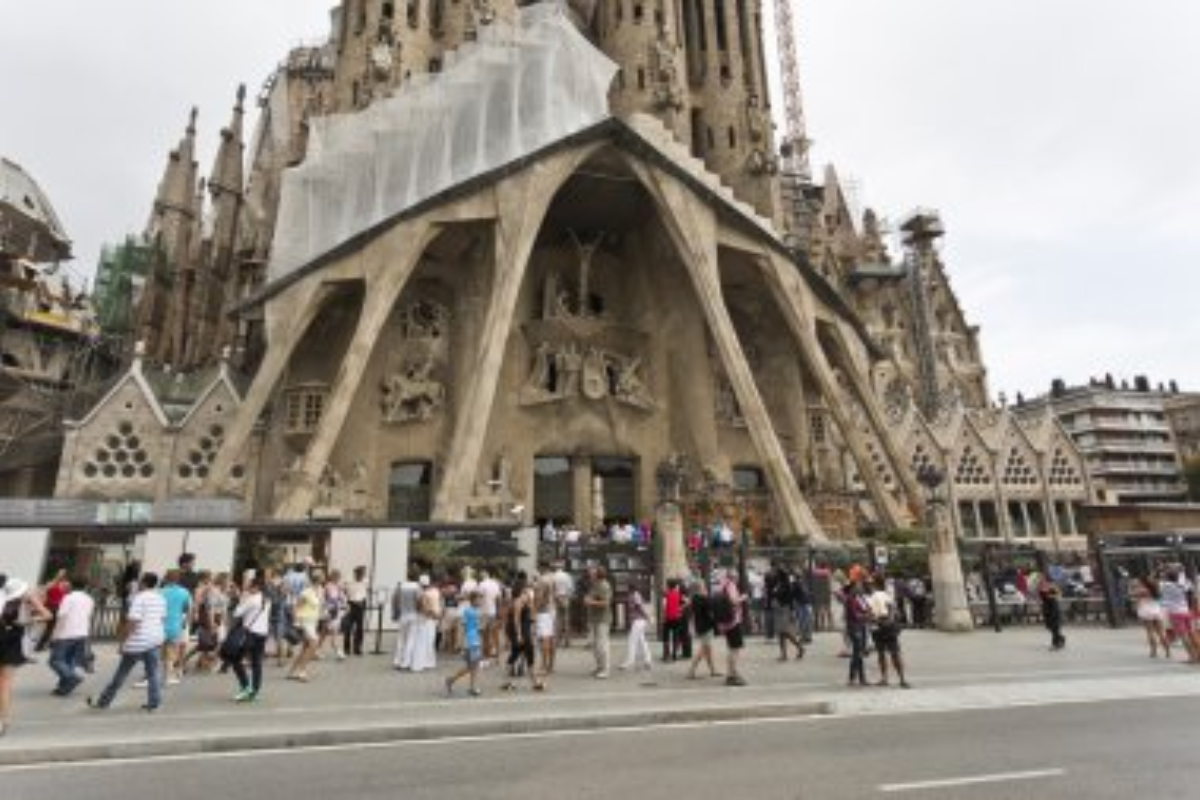
Antoni Gaudí’s unfinished masterpiece remains Barcelona’s most iconic landmark and continues to evolve before our eyes. Construction began in 1882 and likely won’t conclude until 2026—a century after the architect’s death.
The exterior’s organic forms contrast with an interior designed to resemble a stone forest, where light filters through stained-glass in mesmerizing rainbow patterns. The mathematical precision behind its seemingly chaotic design reveals Gaudí’s genius in balancing nature’s randomness with structural necessity.
Park Güell
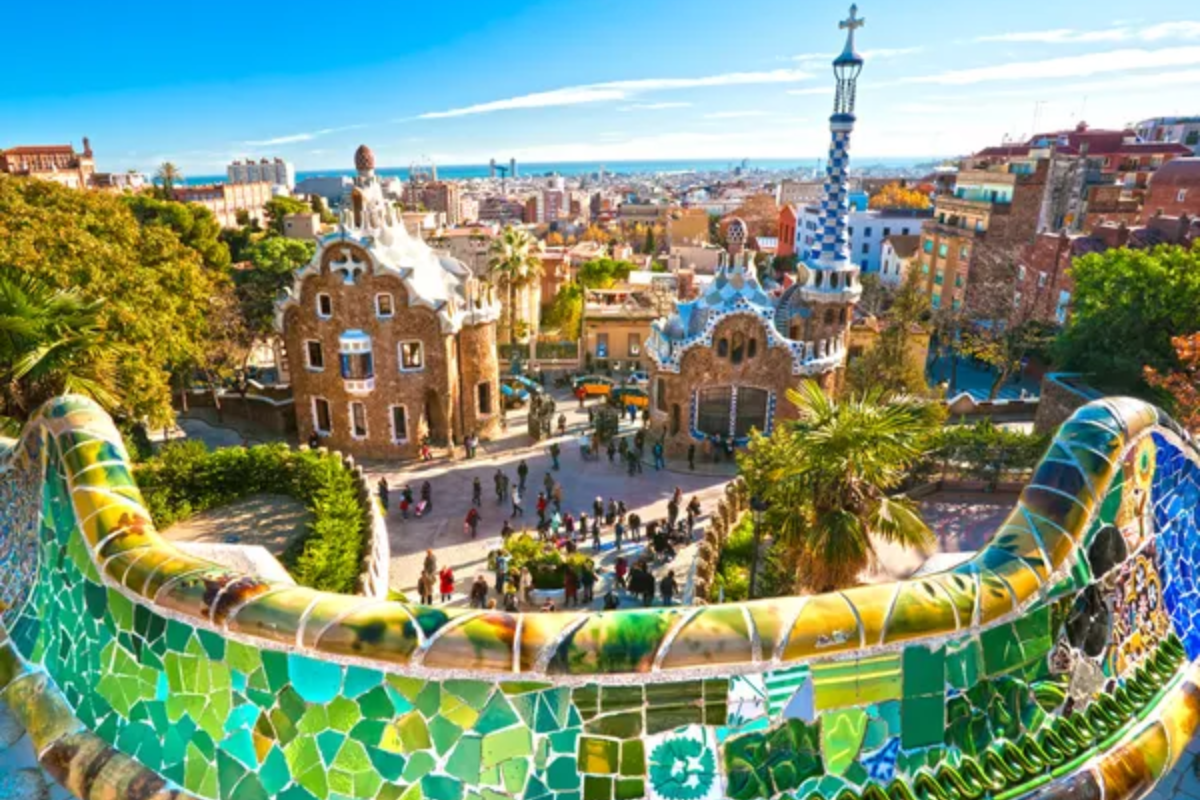
Another Gaudí creation, this whimsical park transforms architectural elements into something from a fairytale. Originally designed as an exclusive housing development, the project ultimately failed commercially but succeeded artistically.
The famous mosaic salamander, undulating bench covered in colorful trencadís (broken tile fragments), and palm-shaped columns demonstrate Gaudí’s signature style. From the main terrace, visitors enjoy panoramic views of the city stretching to the Mediterranean—a perfect spot for sunset photography.
Like Travel Pug’s content? Follow us on MSN.
Gothic Quarter
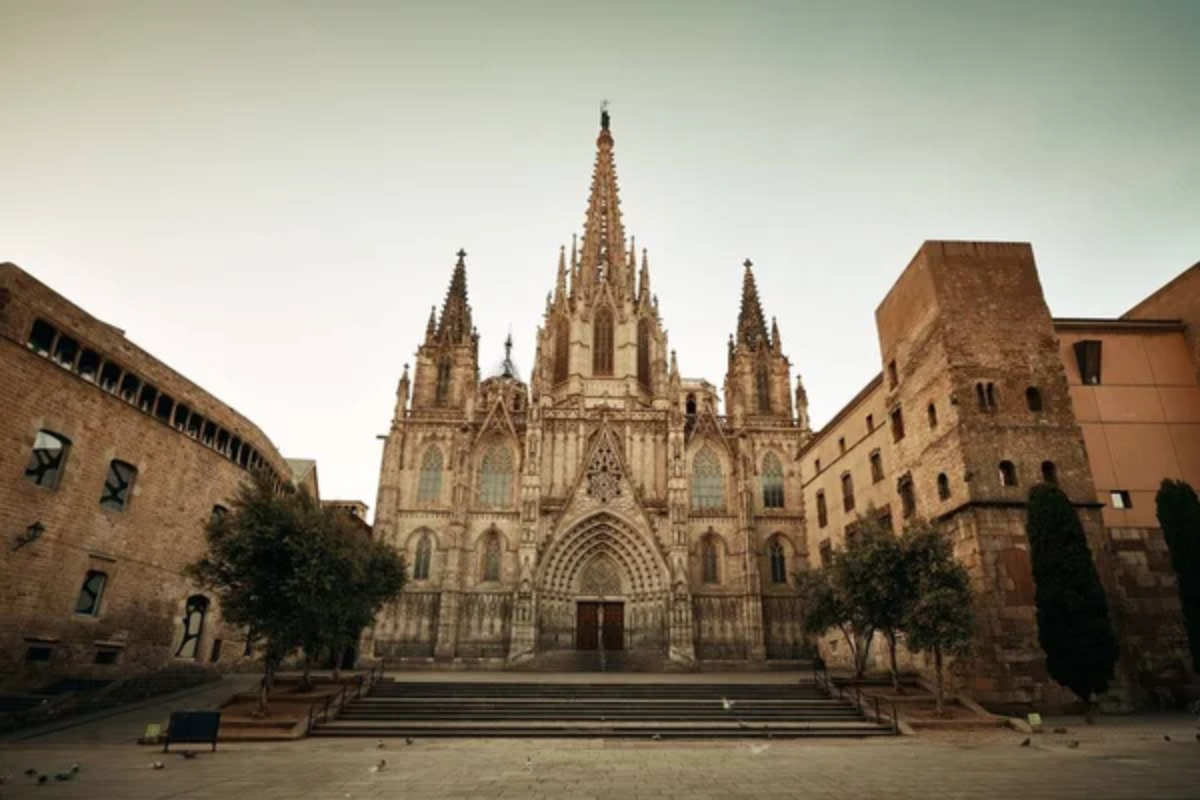
Wandering the narrow medieval streets of the Barri Gòtic feels like stepping through a time portal. Roman walls stand alongside 14th-century cathedrals, while hidden plazas suddenly appear around unremarkable corners.
The quarter houses Barcelona Cathedral, whose neo-Gothic façade conceals a serene cloister complete with thirteen white geese—one for each year of Saint Eulalia’s life before martyrdom. Evening brings a magical atmosphere as street musicians perform beneath centuries-old stone arches illuminated by warm lantern light.
La Boqueria Market
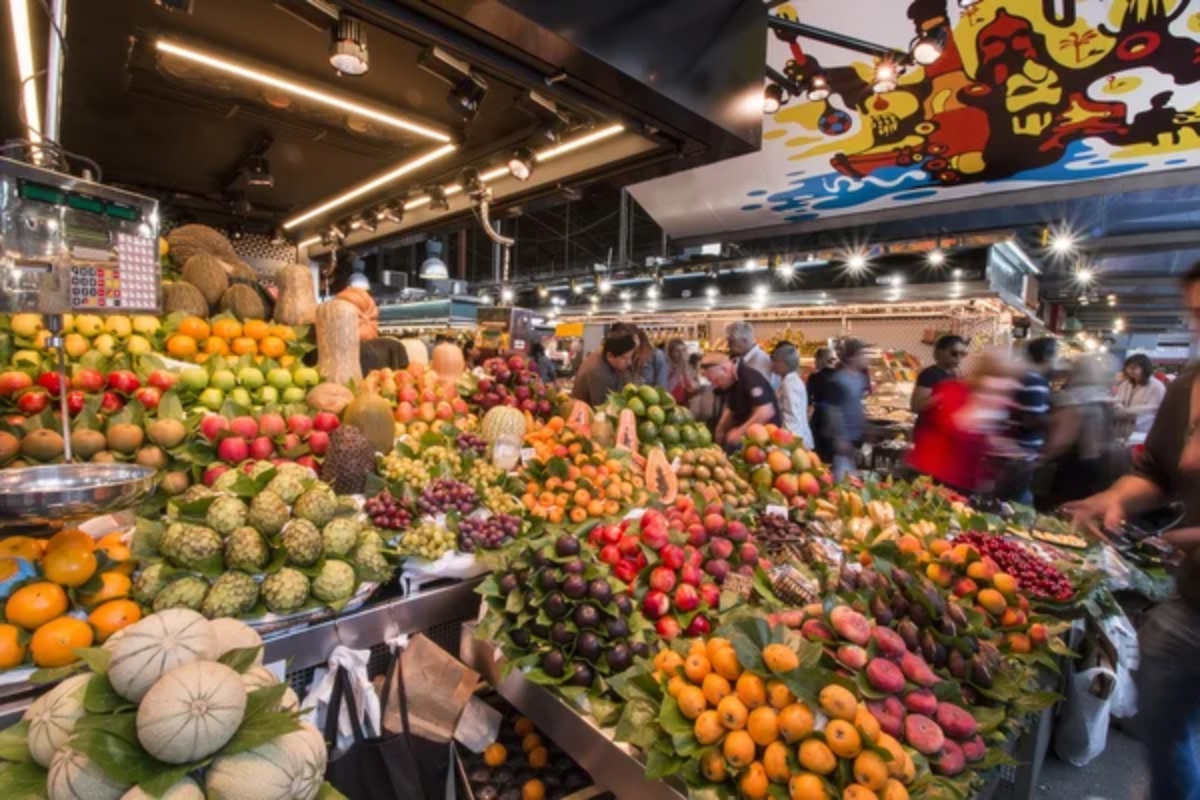
This bustling food market off Las Rambla awakens all five senses with its extraordinary array of local produce. Dating back to 1217, La Boqueria evolved from an open-air pig market to a culinary mecca housing over 200 stalls.
Vendors arrange vibrant fruit displays like contemporary art while Iberico ham legs hang from ceilings, creating a canopy of cured meat. The market’s small bar counters offer some of the freshest tapas in town—simple dishes elevated by ingredients sourced just steps away.
Casa Batlló
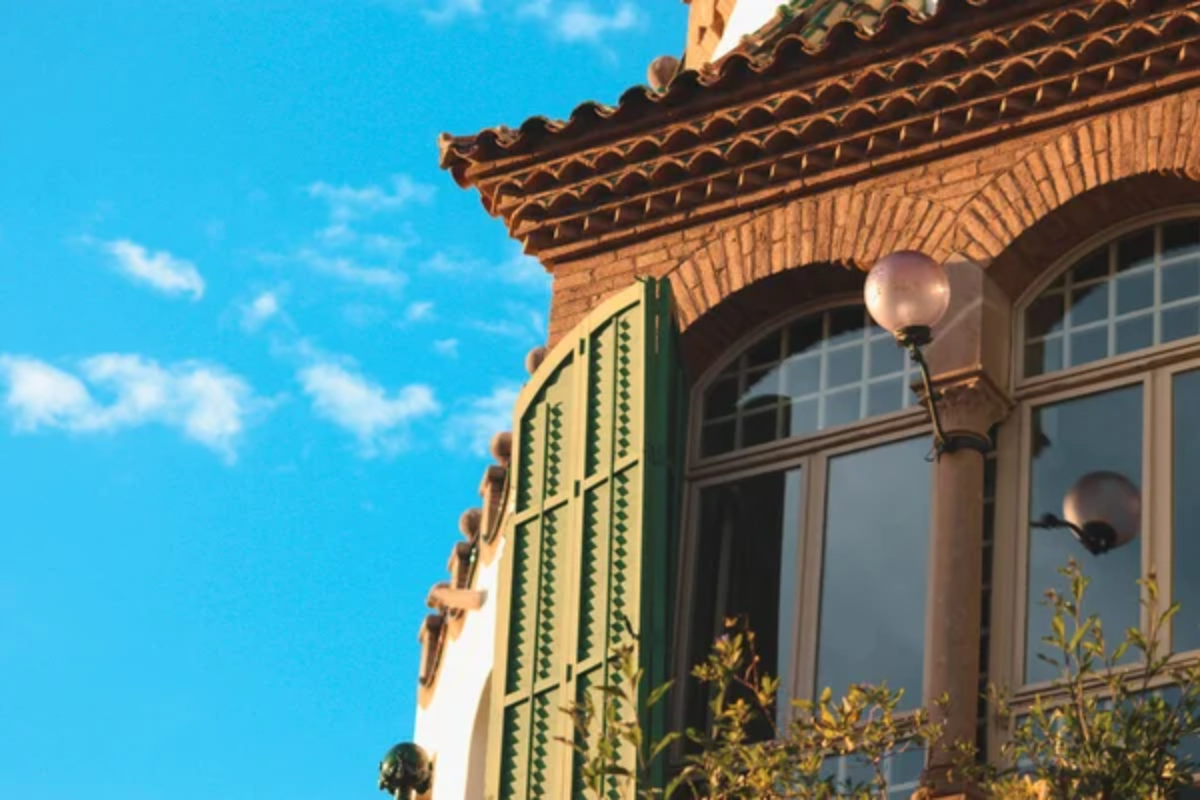
Gaudí converted a mere building into a fanciful one that locals have dubbed the “House of Bones.” They gave it this name because the skeletal structure of the building is reminiscent of bones.
The façade undulates, just like a shimmering mosaic scene evoking a sea image, complete with wavy windows. Inside, there is hardly a straight line to be found because everything from staircases to doorknobs is in organic curves.
The rooftop has dragon scales for roofing and spine-like chimneys; suddenly, a world turned fantastically, yet neatly to use as a living space.
Like Travel Pug’s content? Follow us on MSN.
La Barceloneta Beach
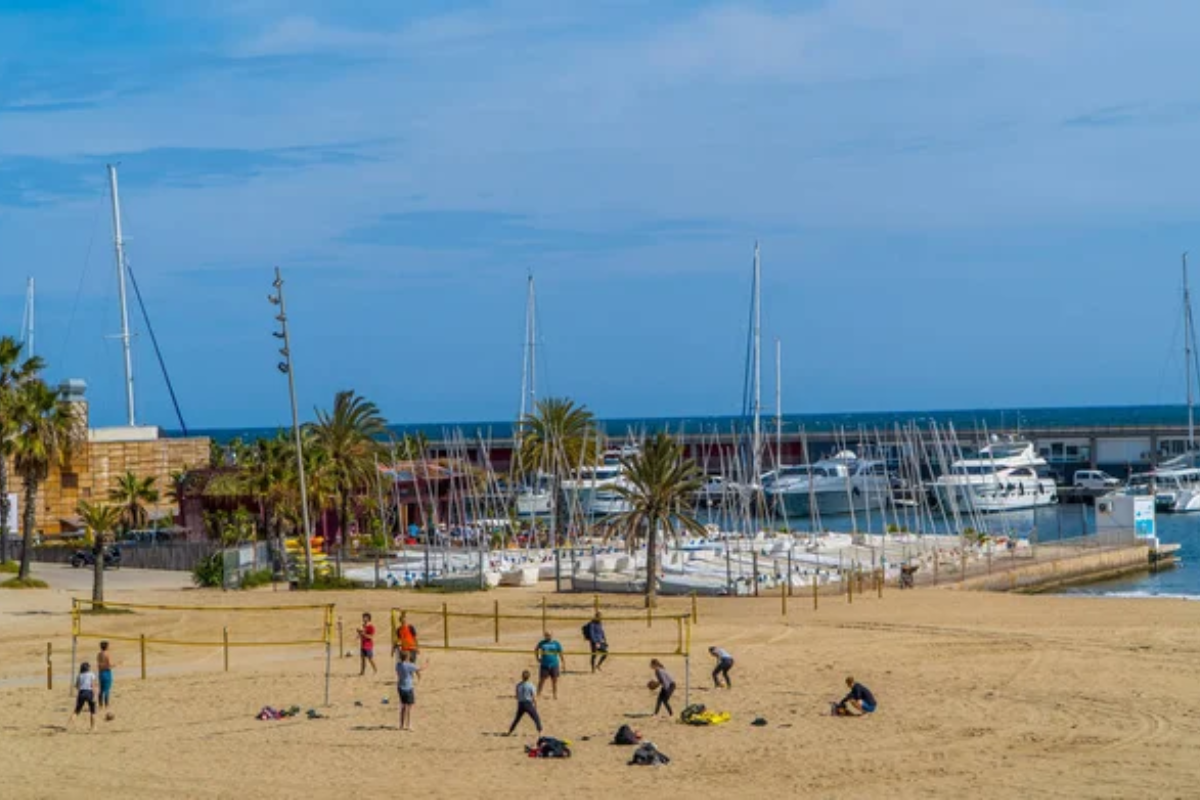
This urban beach delivers the rare opportunity to combine metropolitan excitement with seaside relaxation. Once the domain of fishermen, La Barceloneta now serves as Barcelona’s social hub, where sun-worshippers mingle with volleyball players and cocktail sippers.
The promenade buzzes with activity, while sculptural elements like Rebecca Horn’s “Wounded Star” add artistic flair to the sandy stretch. When hunger strikes, nearby restaurants serve up paella made with seafood caught that morning.
Montjuïc
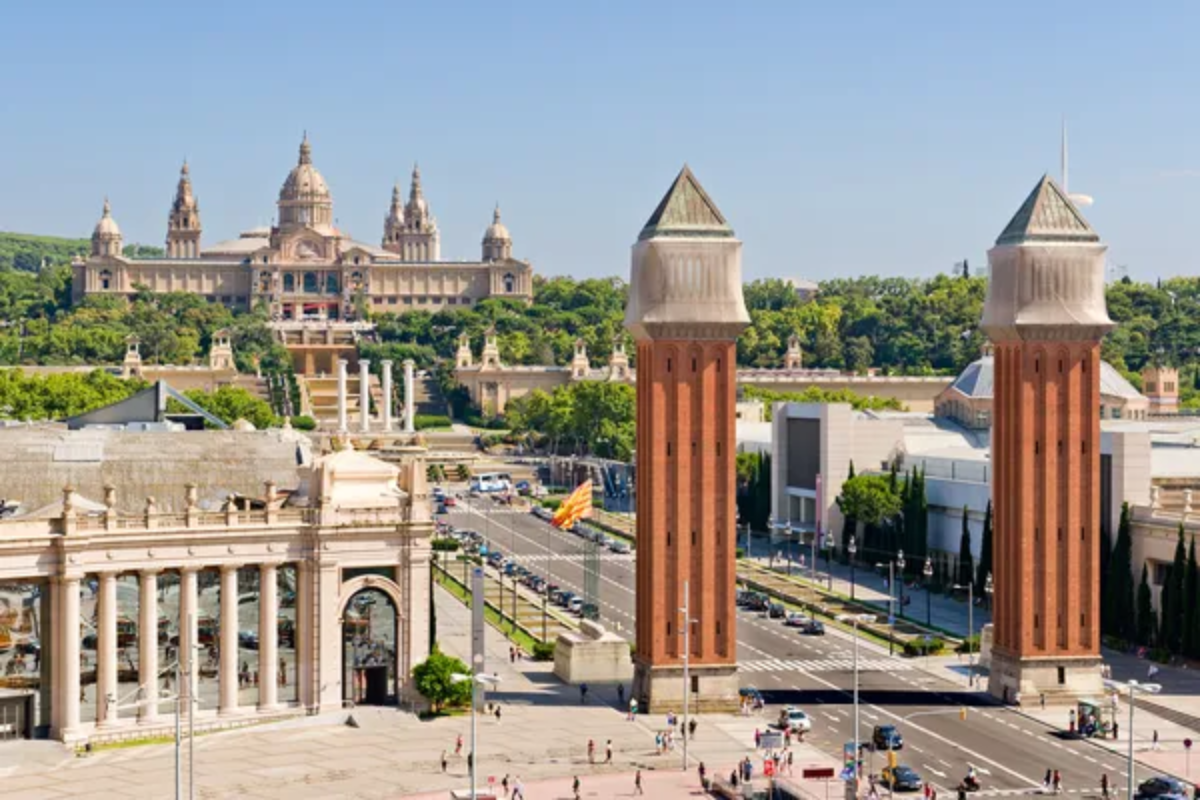
This broad hill southwest of the city center houses cultural institutions within lush gardens and offers respite from urban intensity. The 1992 Olympics transformed the area with facilities that now serve the public alongside older treasures like the Spanish Village and National Art Museum of Catalonia.
The Magic Fountain performs choreographed water shows set to music and lights—a free spectacle drawing crowds since 1929. Reaching the summit via cable car rewards visitors with harbor views and the formidable Montjuïc Castle.
Picasso Museum
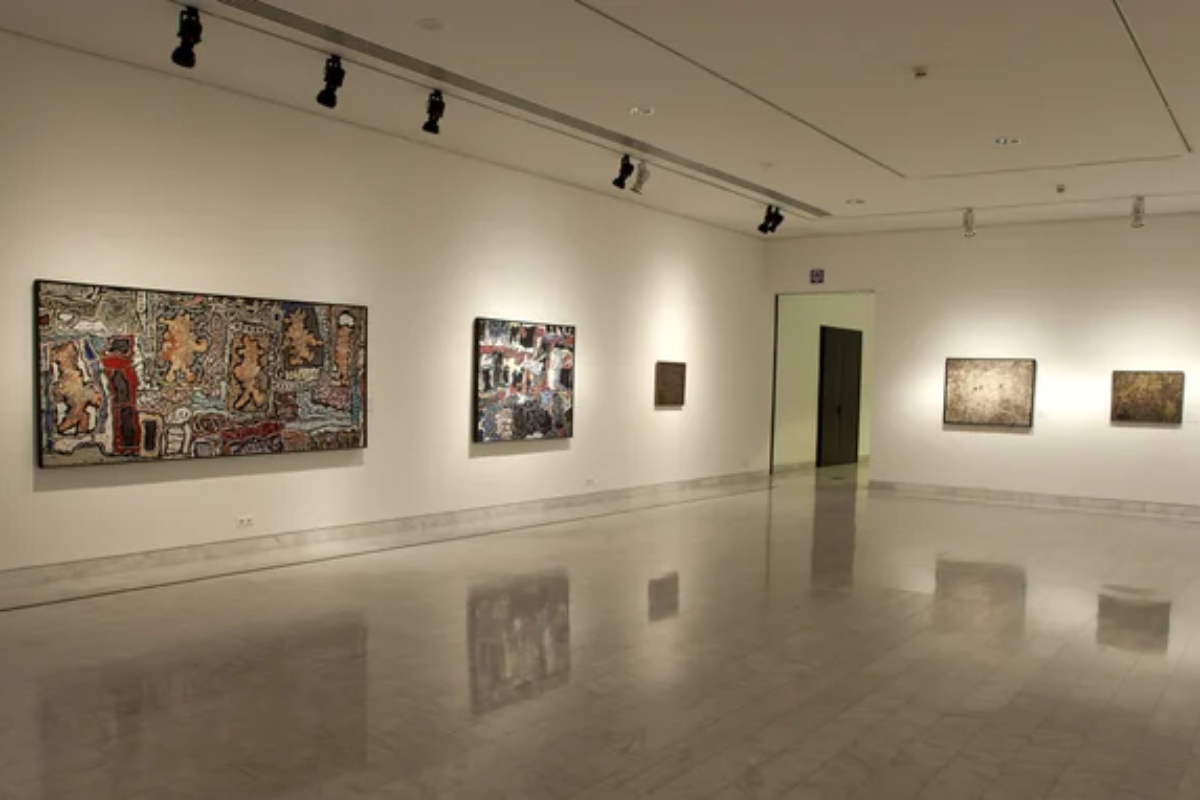
Housed in five connected medieval palaces, this museum showcases Pablo Picasso’s formative years and deep connection to Barcelona. The collection features over 4,000 works, focusing heavily on his early development rather than his better-known Cubist period.
The “Las Meninas” series—Picasso’s reinterpretation of Velázquez’s masterpiece—offers fascinating insight into his analytical process across 58 paintings. The buildings themselves deserve attention, with their stone courtyards and graceful arches preserving architectural elements from the 13th century.
Like Travel Pug’s content? Follow us on MSN.
Camp Nou
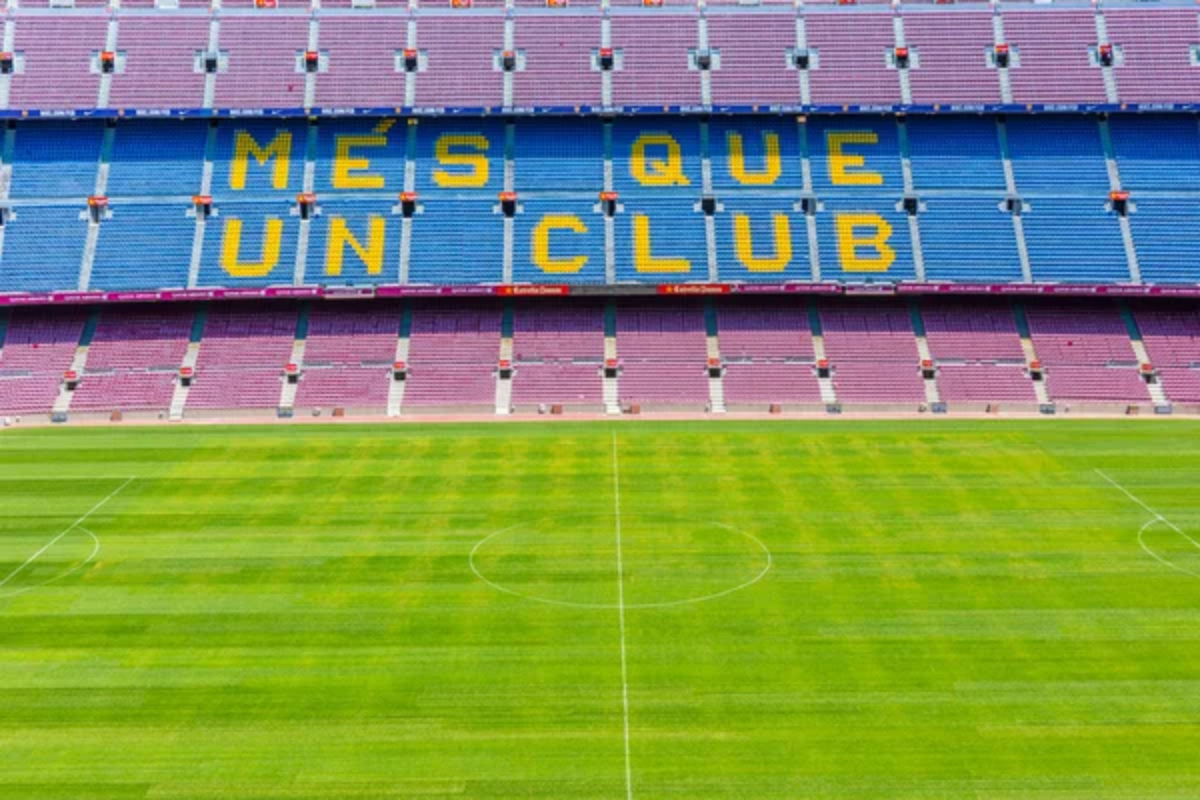
For football enthusiasts, FC Barcelona’s stadium represents hallowed ground where sporting legends have displayed their brilliance since 1957. As Europe’s largest stadium, Camp Nou holds nearly 100,000 spectators who create an atmosphere famous for its passion and intensity.
The stadium tour includes visiting the players’ tunnel, press room, and museum filled with trophies and memorabilia from the club’s storied history. Even non-fans appreciate the cultural significance of a team whose motto, “més que un club” (more than a club), reflects its role in Catalan identity.
Magic Fountain of Montjuïc
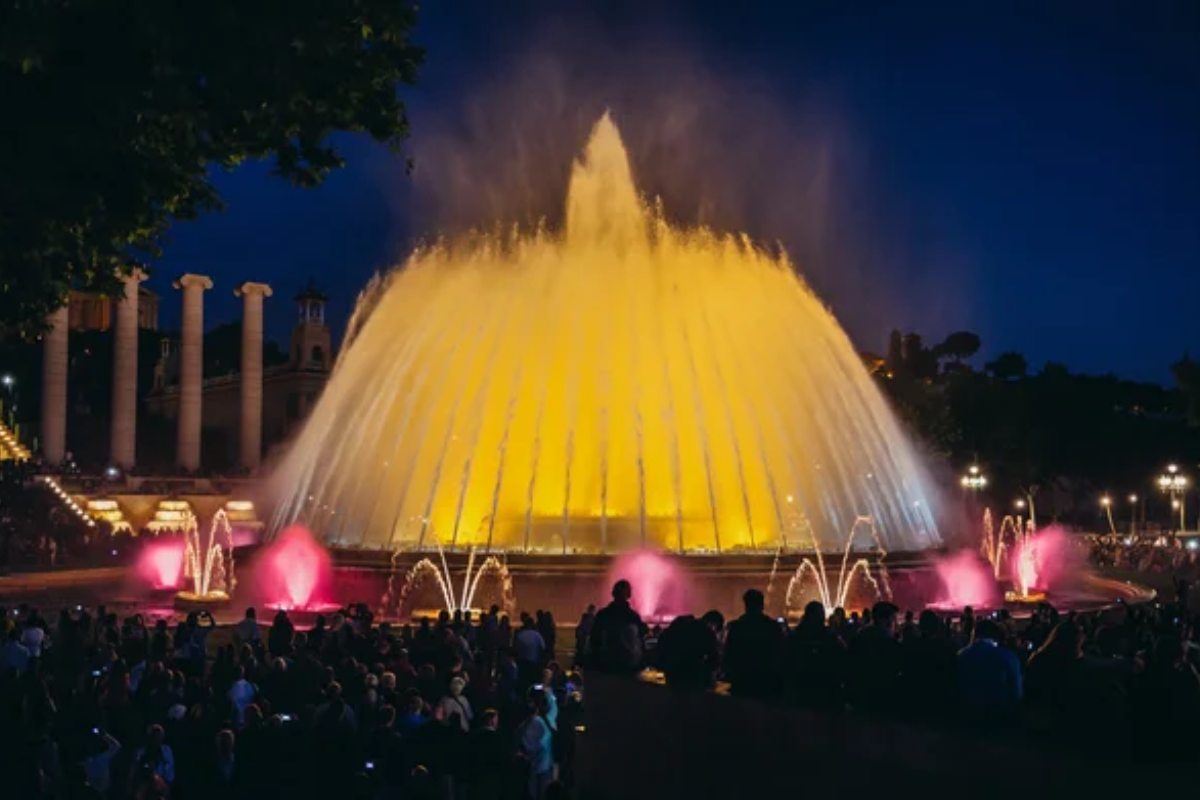
This enchanting fountain performs a free water, light, and music show that has captivated visitors since the 1929 International Exhibition. Jets shoot water up to 50 feet high while changing colors to create hypnotic patterns synchronized to music ranging from classical to contemporary hits.
Located below the National Art Museum, the fountain is the centerpiece of an axis stretching from Plaça d’Espanya to the museum steps. The performances occur several evenings per week, varying by season—a perfect activity for families seeking evening entertainment.
Palau de la Música Catalana
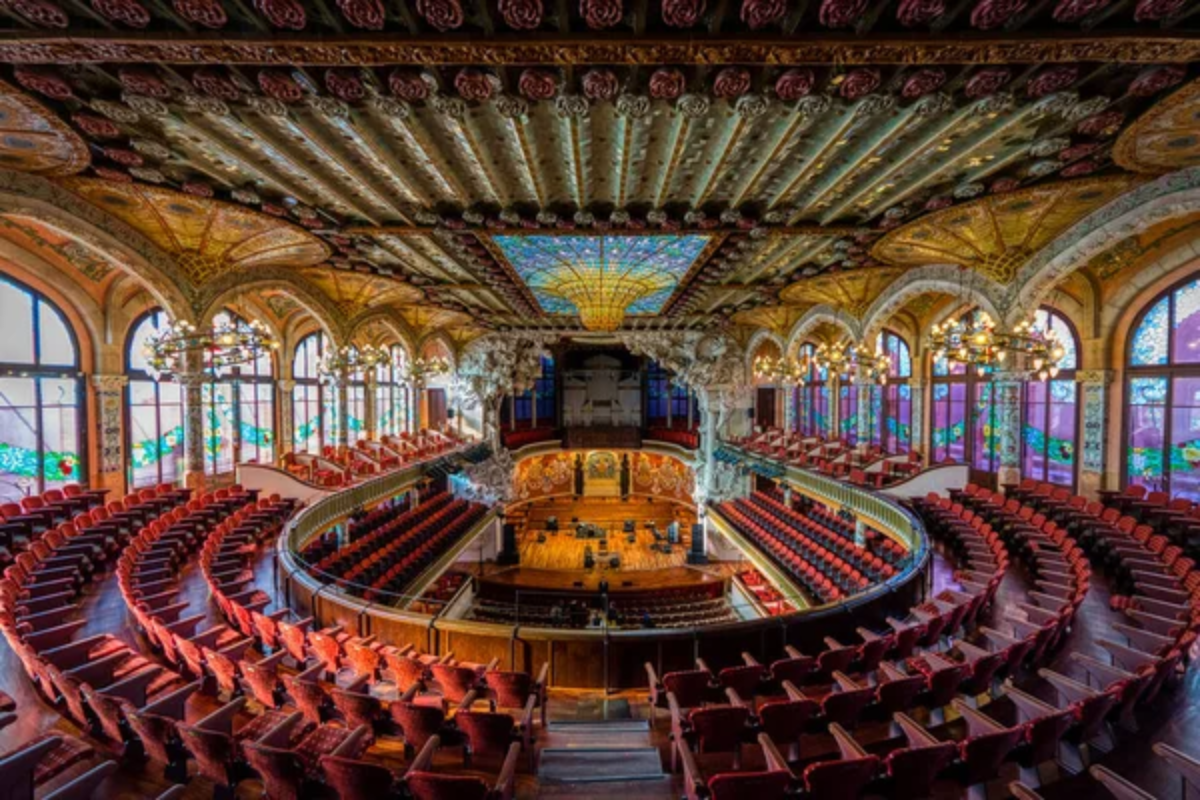
This concert hall represents perhaps the most beautiful expression of Catalan Art Nouveau. Designed by Lluís Domènech i Montaner, the building features an explosion of color and texture with mosaics, stained-glass, and sculptural elements.
The main auditorium centers around an incredible inverted dome of stained-glass that allows natural light to illuminate performances during daytime concerts. Even without attending a show, the guided tour reveals architectural details that showcase the region’s artistic heritage at its most exuberant.
Like Travel Pug’s content? Follow us on MSN.
La Rambla
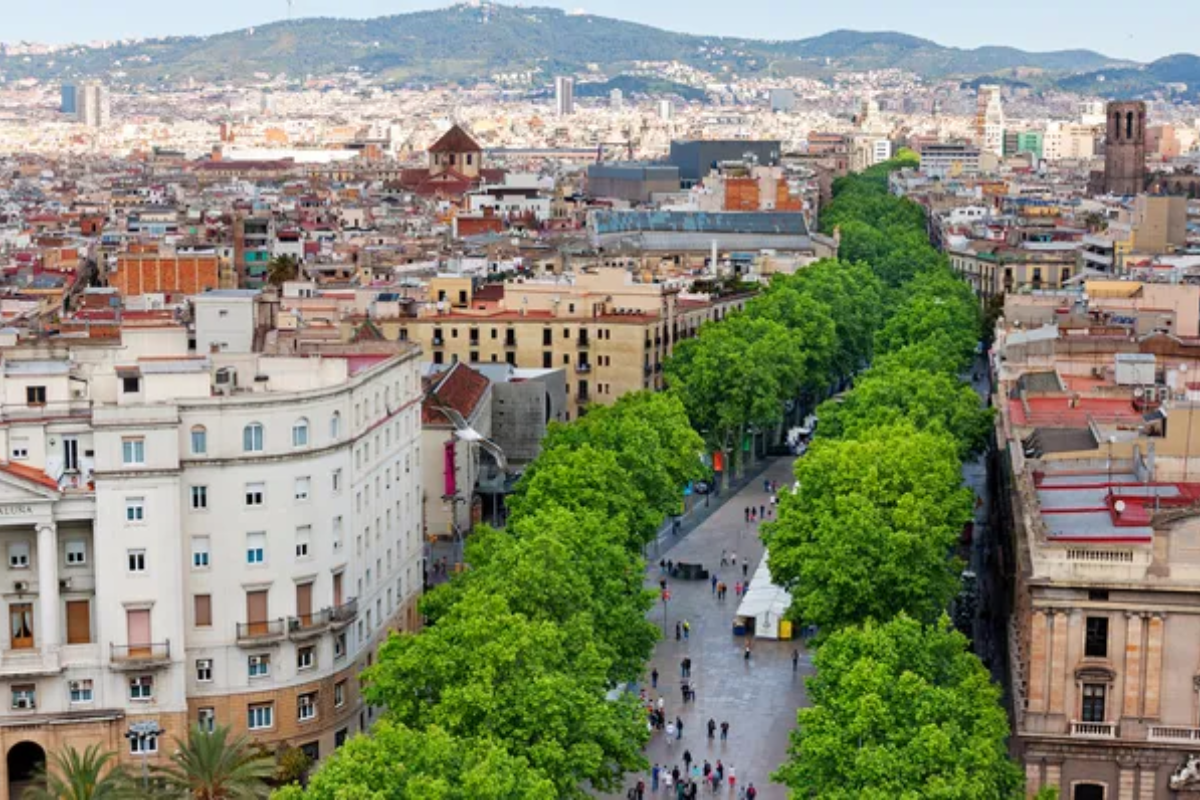
This tree-lined pedestrian boulevard stretches for nearly a mile, connecting Plaça de Catalunya with the Columbus Monument at Port Vell. More than just a street, La Rambla functions as Barcelona’s living room where locals and tourists alike promenade past flower stalls, street performers, and outdoor cafés.
The mosaic by Joan Miró embedded in the pavement adds artistic flair underfoot. While the main stretch sometimes feels touristy, the side streets hide authentic bars and boutiques worth exploring.
Tibidabo
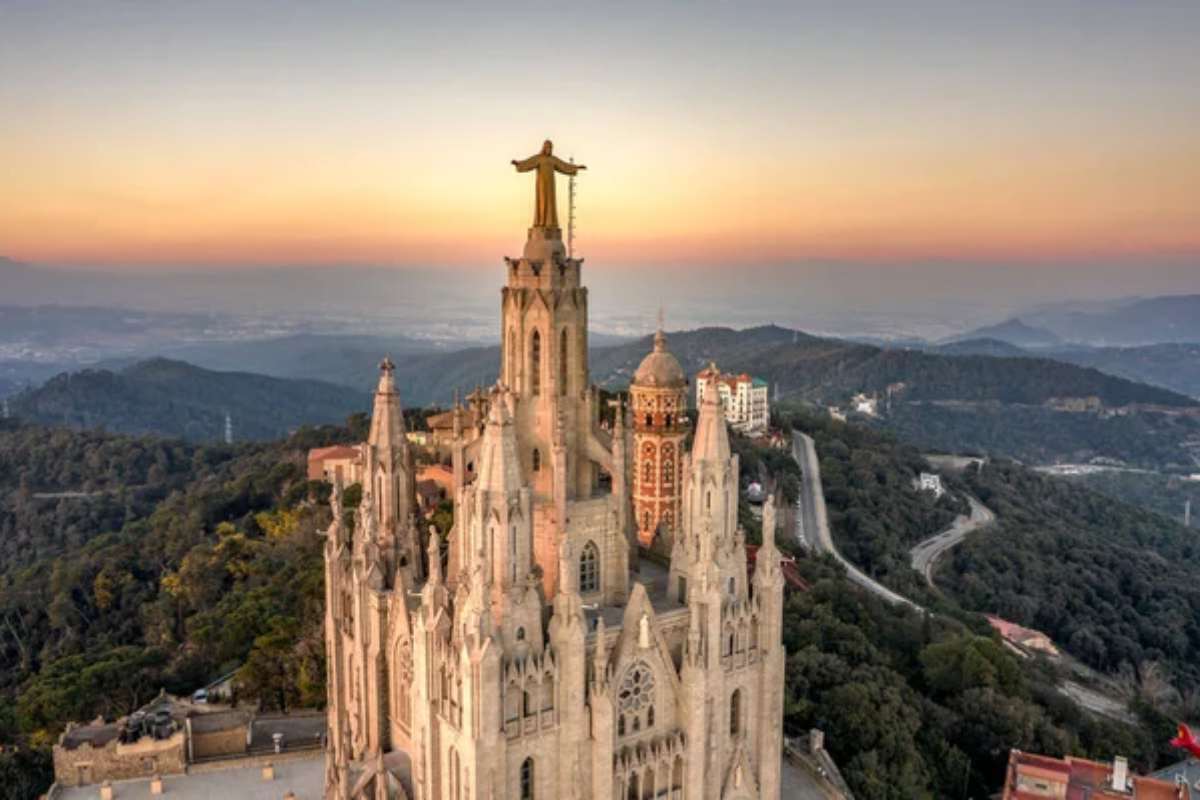
This mountain offers the highest viewpoint over Barcelona, along with the surprising combination of a century-old amusement park and a magnificent church. The Sagrat Cor church, completed in 1961, stands crowned by a statue of Christ reminiscent of Rio’s famous landmark.
Beside it, the vintage Tibidabo Amusement Park features rides dating back to 1901, including a still-functioning wooden airplane that circles passengers above breathtaking city views. Reaching Tibidabo involves a scenic journey via a funicular railway that adds to the adventure.
Parc de la Ciutadella
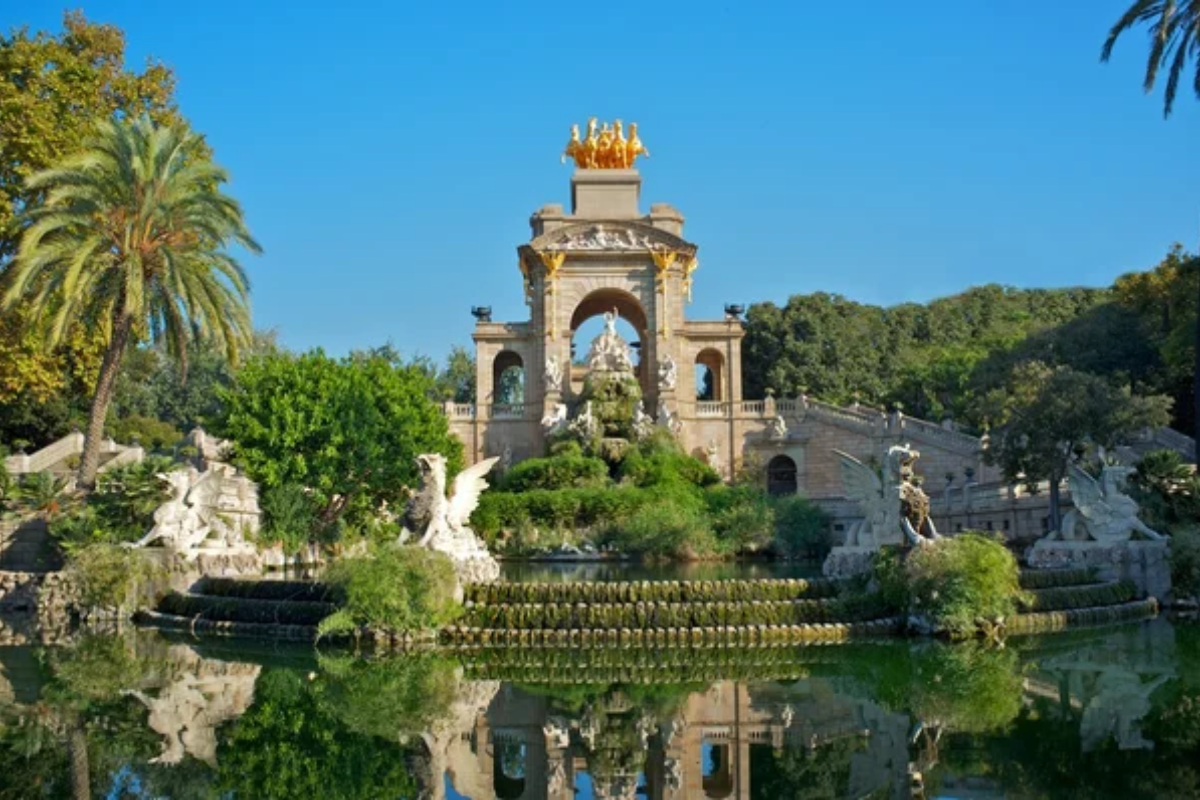
Barcelona’s central green space replaced a fortress that once stood as a symbol of oppression. Today, the park houses the city zoo, the Parliament of Catalonia, and a peaceful lake where rowboats glide past an ornate fountain designed with input from a young Gaudí.
The mammoth statue serving as the Cascada’s centerpiece draws inspiration from Rome’s Trevi Fountain. Street performers, drummers, and yoga practitioners gather here on weekends, creating a festive atmosphere that embodies Barcelona’s outdoor culture.
Like Travel Pug’s content? Follow us on MSN.
Bunkers del Carmel
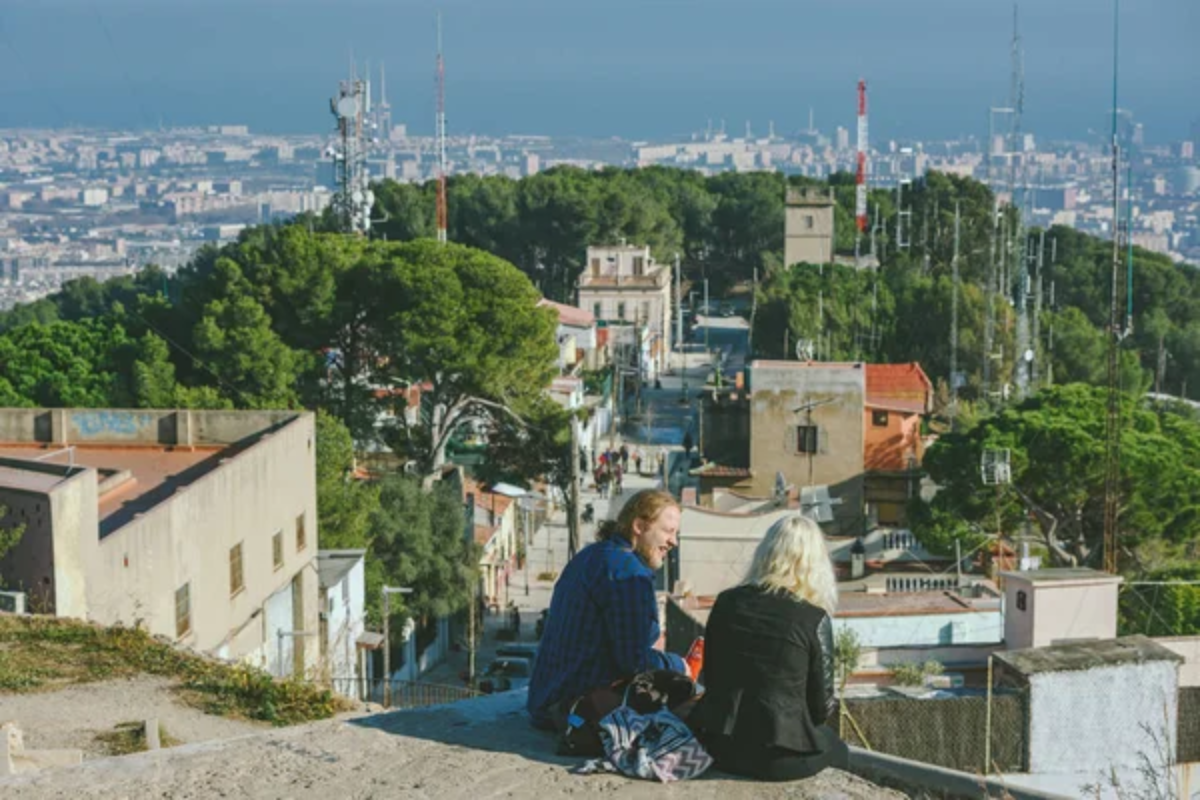
Once anti-aircraft fortifications during the Spanish Civil War, these hilltop bunkers now serve as Barcelona’s best viewpoint for those willing to make the climb. Located in the El Carmel neighborhood, away from typical tourist routes, the site remains relatively uncrowded despite offering a complete 360-degree panorama.
Local youngsters gather here at sunset with guitars and wine to watch the city transition from day to night. The concrete structures themselves provide historical context to understand Barcelona’s role during the civil conflict.
Casa Milà (La Pedrera)
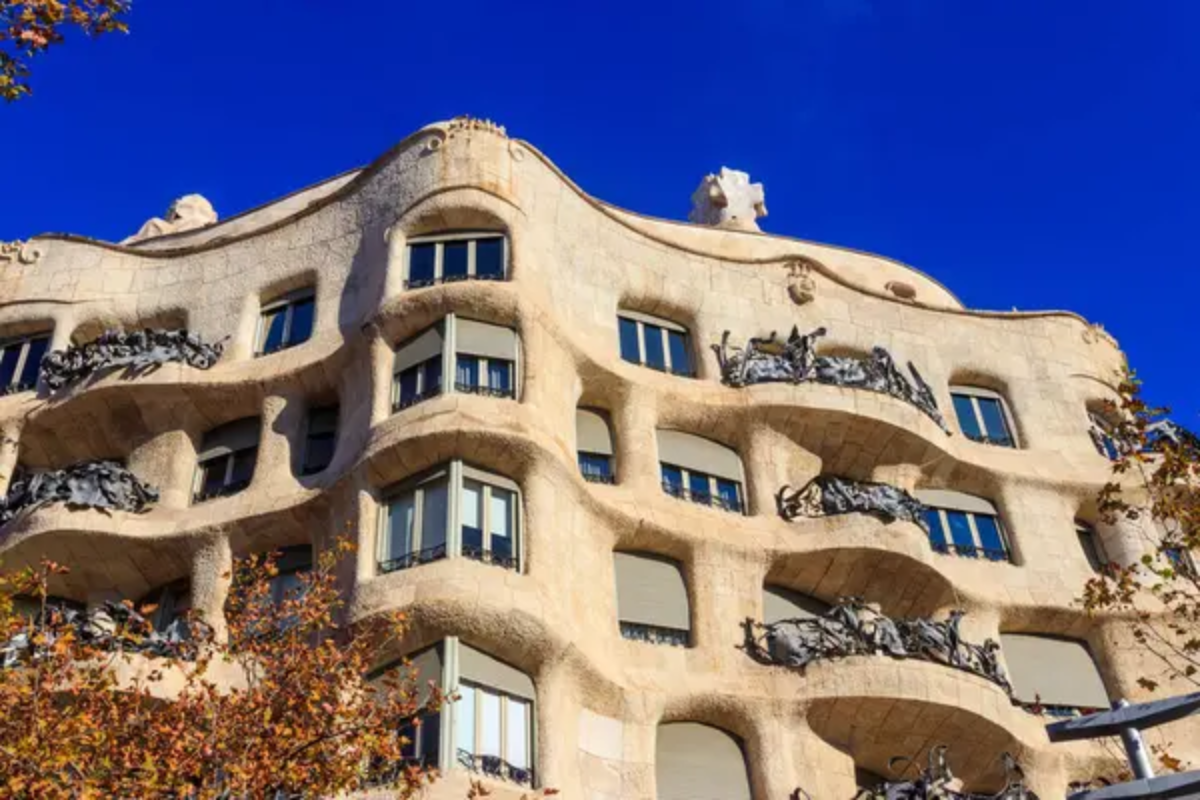
Gaudí’s final civic work resembles a quarry with its undulating stone façade—hence its nickname “The Stone Quarry”. The rooftop’s otherworldly chimneys and ventilation towers, shaped like helmeted warriors, inspired scenes in George Lucas’s Star Wars films.
The attic houses an excellent museum explaining Gaudí’s architectural innovations through models and multimedia displays. The restored apartment on the fourth floor showcases early 20th-century bourgeois life with period furniture and household objects.
Santa Caterina Market
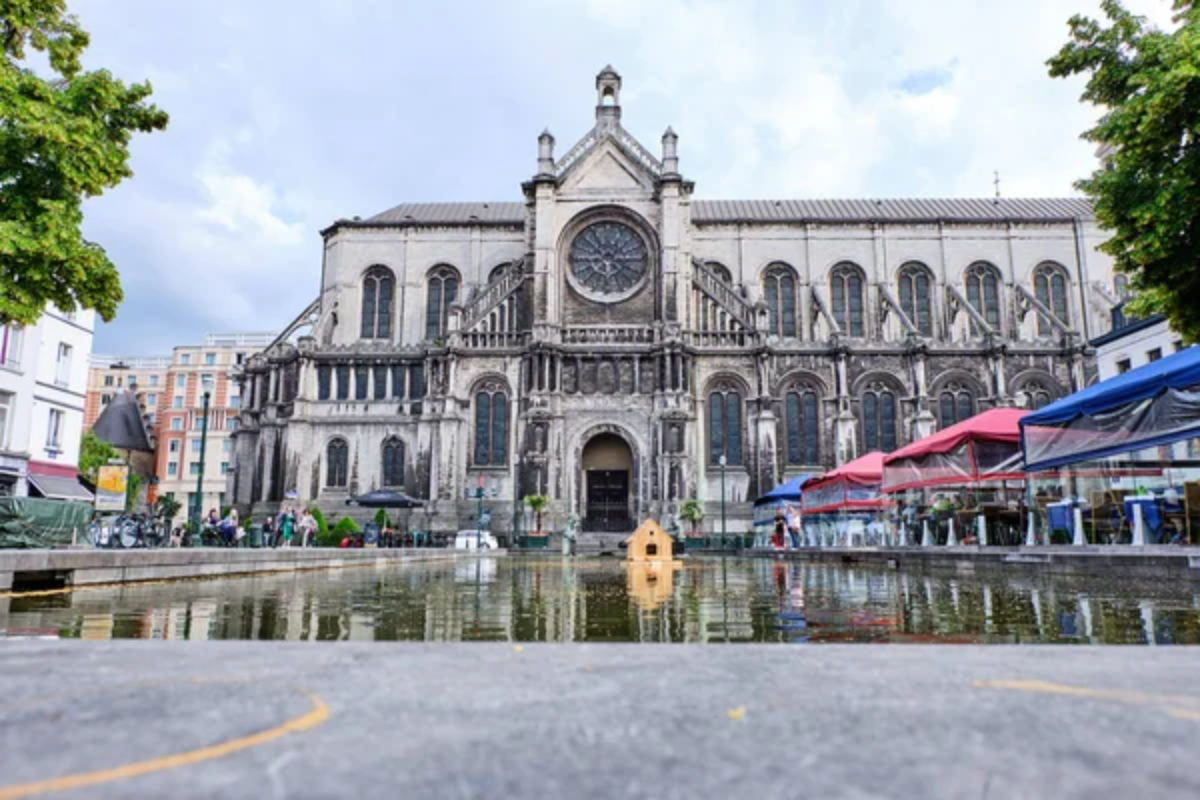
Less famous than La Boqueria but equally delightful, this neighborhood market sports a colorful, undulating roof that mimics fruit and vegetable stalls below. Architect Enric Miralles renovated the city’s oldest covered market with a distinctive contemporary touch that honors traditional function.
Unlike La Boqueria, Santa Caterina remains primarily a working market where locals shop daily for fresh ingredients. The onsite restaurant Cuines Santa Caterina serves dishes prepared with products from surrounding stalls—market-to-table dining at its most authentic.
Like Travel Pug’s content? Follow us on MSN.
Joan Miró Foundation
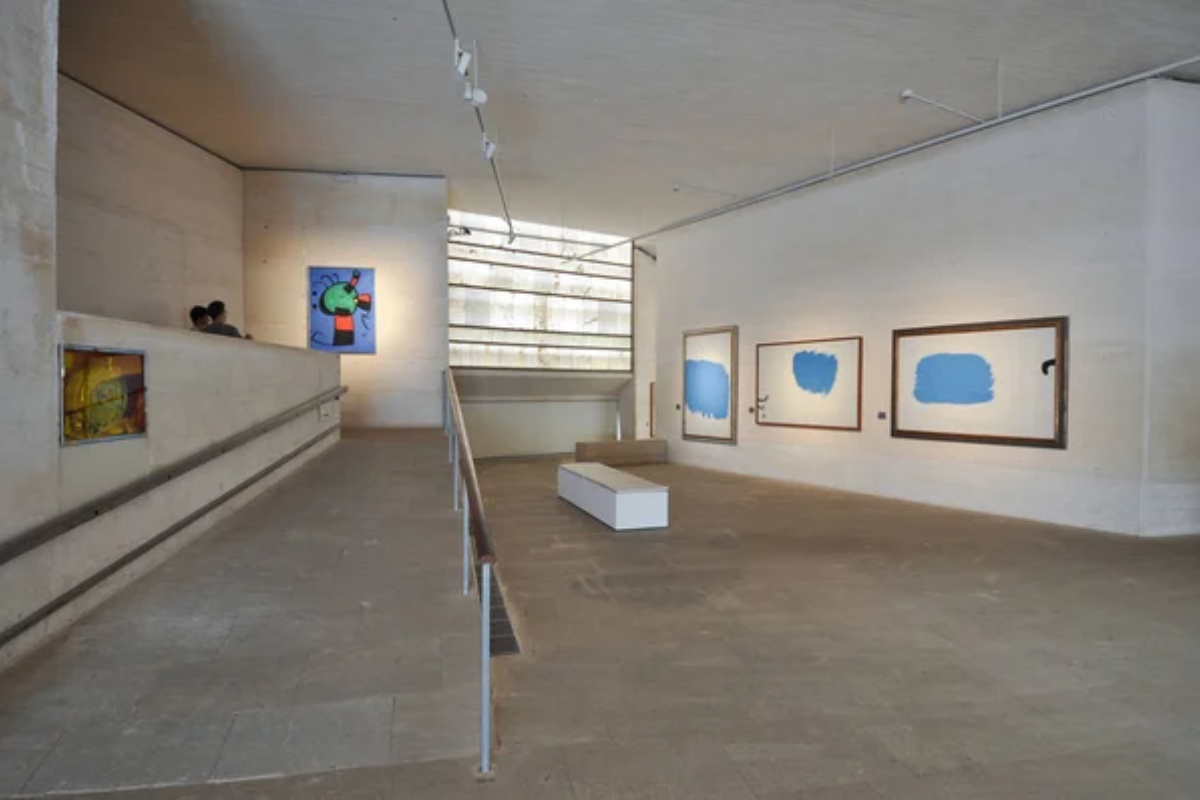
White modernist architecture houses over 14,000 pieces by Barcelona’s famous surrealist son on Montjuïc hill. Miró himself helped establish the foundation to encourage young artists and showcase contemporary art alongside his own work.
The building’s roof terrace features several large sculptures, including the colorful “Woman and Bird” that seems to embody Miró’s playful spirit. The museum organizes temporary exhibitions that connect Miró’s vision with current artistic trends, keeping the space dynamic rather than merely historical.
Contemporary Connections
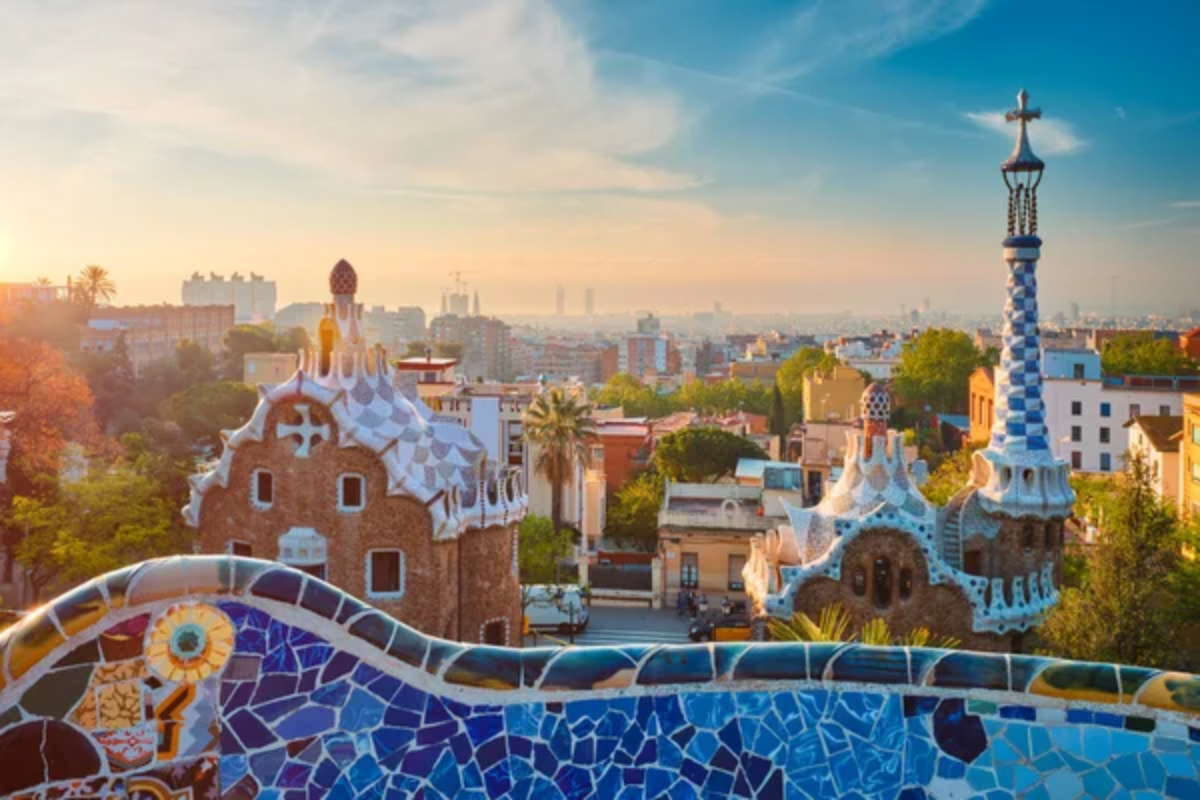
Barcelona continues reinventing itself while honoring its artistic heritage. From medieval foundations to modernist innovations, the city embodies creative evolution across centuries.
Today’s visitors benefit from this layered history while enjoying thoroughly modern amenities—world-class dining, designer shopping, and vibrant nightlife complement cultural exploration. The Mediterranean lifestyle prevails throughout, reminding us that amid architectural wonders and artistic treasures, Barcelona remains a place where life should be savored slowly.
More from Travel Pug

- Cities Growing so Fast You Won’t Recognize Them in 10 Years
- 13 Destinations Where Tourists Regularly Regret Their Trip
- 16 U.S. Cities That Are Quietly Becoming Travel Hotspots
- Where to Travel If You Love Long Bus Rides and Daydreams
- 20 Cities Perfect for Solo Travelers Who Crave Adventure & Culture
Like Travel Pug’s content? Follow us on MSN.
